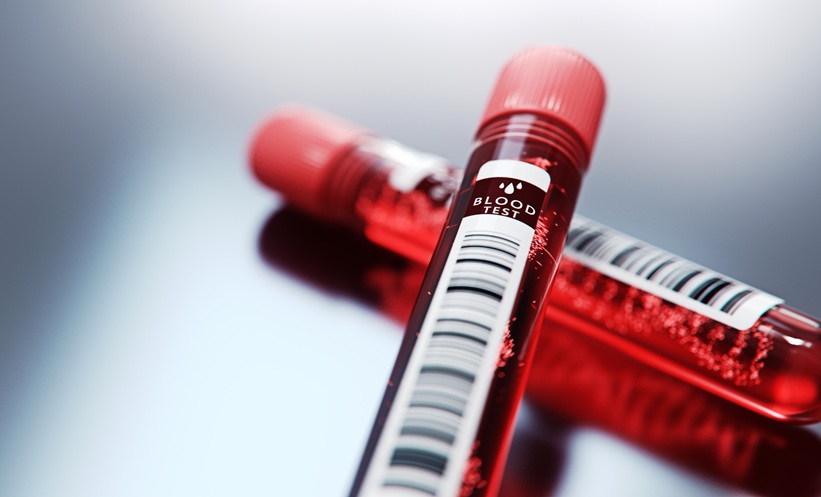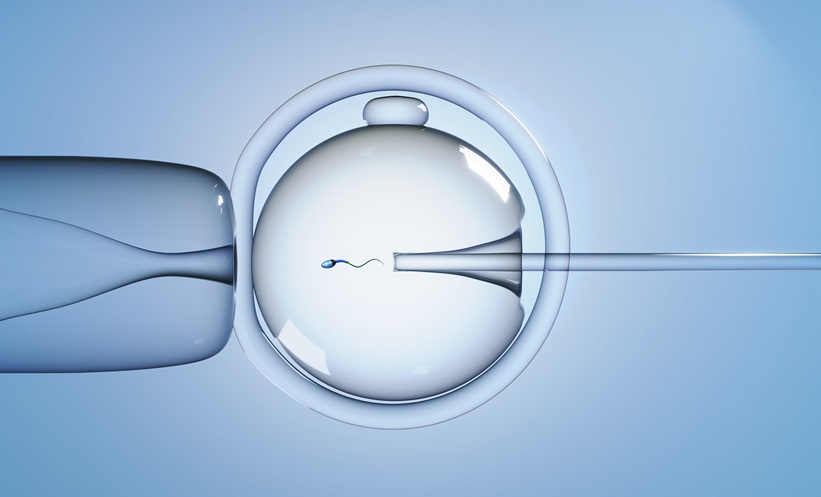Author: Abigail Craig, EMJ, London, UK
Citation: EMJ Repro Health. 2023;9[1]:27-30. DOI/10.33590/emjreprohealth/10304304. https://doi.org/10.33590/emjreprohealth/10304304.
![]()
MILD STIMULATION
Geeta Nargund, St George’s Hospital, London, UK, kicked off the debate, suggesting mild stimulation is the future of ART. Nargund reminded the audience that the aim of an in vitro fertilisation (IVF) cycle is to achieve a singleton, healthy, full-term baby with minimal health risks, at a reasonable cost that is within financial reach of most females globally, not just in the affluent world. Ovarian stimulation significantly contributes to the cost of IVF, while also being associated with significant side effects, discomfort, and the overall treatment burden. Healthcare professionals therefore have an obligation to consider both their scientific responsibility and their social responsibility to make this treatment accessible globally, while minimising the treatment burden.
Mild stimulation denotes daily ovarian stimulation at less than 150 IU, with or without oral medication, in a gonadotropin-releasing hormone antagonist cycle. The dose is not guided rigidly by oocyte number or a fixed daily dose; high responders have their dose adjusted accordingly. A systematic review and meta-analysis published in 2020 showed that mild IVF is as effective as conventional IVF, reporting no difference in live birth rates, whereas mild IVF significantly reduces the risk of ovarian hyperstimulation syndrome (OHSS).1 This study also demonstrated that cumulative live birth rate is not significantly different when comparing the two methods of stimulation, based on five randomised control trials. Further analysis also suggested the proportion of high-grade embryos is no different between mild and conventional stimulation.
Nargund also emphasised that mild IVF is associated with a reduced cost for poor, normal, and high responders, and more specifically, the cost per live birth is lower. A healthcare economics analysis investigating three studies reported a reduced cost for mild IVF, an important result when considering the accessibility of IVF globally.
Recent studies have reported that a higher number of oocytes retrieved is associated with an increase in the number of fertilised oocytes and the cumulative live birth rate.2,3 However, putting the studies in context, Nargund explained that the first study suggests that moderate-to-severe OHSS increases with the number of oocytes retrieved, while providing no information on ovarian stimulation protocols, patient burden, or cost, despite this data often being available in the database.
Furthermore, only the first live birth associated with the retrieval is accounted for in the cumulative live birth rate calculation, which suggests the cumulative live birth rate was increased in younger patients with high anti-Müllerian hormone; this is an unsurprising response, according to Nargund. The second paper again suggests that moderate-to-severe OHSS increases with the number of oocytes retrieved, but again neglects to analyse cost and patient burden data. Furthermore, females with a higher cumulative live birth rate had significantly reduced gonadotrophin doses per day. In other words, females who fell within a threshold considered to be ‘mild stimulation’ had a higher cumulative live birth rate. The authors conclude that while very high ovarian response may further increase cumulative live birth rates, ovarian stimulation should be rational, and avoid extreme response, recommending against an extreme oocyte yield.
Nargund summarised by questioning the need for conventional stimulation altogether. They highlighted that only 22.4% of females achieve enough oocytes to expect more than one child, meaning three-quarters of females would be exposed to high stimulation and high cost unnecessarily. Furthermore, data suggest around 20% of females have a child naturally in the 3 years following an IVF treatment cycle. Thus, high stimulation to try and “fill freezers full of unwanted embryos” is unnecessary, and mild stimulation is favourable, as it gives an equivalent success rate whilst minimising risks such as OHSS.
CONVENTIONAL STIMULATION
Ernesto Bosch, Instituto Valenciano de Infertilidad, Valencia, Spain, next presented conventional stimulation, naming it the ‘gold standard’. They began by outlining that the concept of conventional ovarian stimulation, which aims to optimise ovarian response, ensuring the best possible embryo cohort, maximises the live birth rate per cycle. Mild stimulation, developed 20 years ago, has three main cornerstones: increased oocyte-embryo quality, lower risk of OHSS, and lower cost. However, Bosch suggested that this is not relevant to current practice, as efficiency has improved greatly.
First, tackling the concept of increased embryo quality, Bosch considered a publication by Baart et al.4 They concluded that surplus embryos generated were of low quality and not viable. In theory, fewer eggs (between three and six) would therefore optimise implantation rates. However, a paper published more recently, following the introduction of vitrification, analyses 14,469 patients. Results suggest that collecting more eggs increases the cumulative live birth rate in this case.3 A further publication, looking at 402,411 cycles, also supports this, with both the cumulative live birth rate and pregnancy rate increasing with the number of oocytes retrieved.5 Concurrently, as the number of oocytes retrieved increases, the number of embryos, blastocysts, and euploid blastocysts increases. Bosch therefore summarised that if you stimulate the ovary mildly, the best oocytes will not be collected. They commented that the ovary “is not going to make that selection,” and the same oocytes will be produced using both methods of stimulation. “You change the magnitude of the cohort, you don’t change the quality of the cohort,” when comparing mild and conventional stimulation. This finding remains when stratifying by age, as demonstrated by Fanton et al.2
To further support the case of conventional stimulation, it is important to prove that the oocytes are not harmed by either method. Bosch presented a prospective cohort study of 40 infertile patients aged 30–38 years.5 Participants underwent one unstimulated cycle, followed by one conventionally stimulated cycle. Embryo development was investigated using timelapse, and blastocyst quality was assessed using next generation sequencing based pre-implantation genetic testing. Results showed the mean number of oocytes required for one euploid blastocyst were not significantly different across both cycles (p=0.696). Bosch concluded: “You are not getting better eggs when you are doing a natural cycle; it’s exactly the same.” Similarly, the euploidy rate remained constant across both cycles.
Considering safety, Bosch highlighted that a lower incidence of OHSS was relevant 20 years ago. However, today we have tools that were not available before, namely gonadotropin-releasing hormone antagonist cycle triggering. The results of a meta-analysis show virtually no incidence of OHSS when treated with an agonist, with only two cases identified in a study using low doses of human chorionic gonadotropin for luteal phase support.6
Cost, the third cornerstone of mild stimulation, can be challenged when specifically considering cost-effectiveness. Bosch compared data from van Tilborg et al.7 to data obtained from an age matched cohort at IVI Valencia, Spain, in the same period, permitting the comparison of mild and conventional stimulation and associated costs. The total cost was higher for conventional stimulation, due to increased dose volume and increased embryo numbers. However, when factoring live birth rates of 30.7% and 55.3% for mild and conventional stimulation, respectively, conventional stimulation was considered more economically efficient.
Bosch concluded that the three cornerstones of mild IVF, cost, safety, and increased oocyte quality, are not evident in practice. Thus, conventional stimulation remains the gold standard. However, Bosch acknowledged that there are exceptions to every rule, namely patients with a flat response to starting follicle-stimulating hormone, or patients with a high ovarian reserve. Increasing the dose in these patients is ineffective, with ‘mini’ ovarian stimulation more effective.
CONCLUDING REMARKS
Both speakers then addressed each other’s presentations, challenging their presentations. Nargund focused on cost, stating that conventional IVF is a gold standard “for those who have gold,” and re-emphasising the health economic evaluation discussed previously. Bosch concluded that the main cause of unsuccessful IVF is dropout, stating that females would prefer one cycle yielding 15 oocytes over two yielding eight. While three cycles are required with mild stimulation, 1.8 cycles are required with conventional, so simply more females achieve the end goal with conventional stimulation.







